
Pro-life and anti-abortion advocates demonstrate in front of the Supreme Court early Monday, June 25, 2018. The justices are expected to hand down decisions today as the court’s term comes to a close. (AP Photo/J. Scott Applewhite)
Today the Supreme Court, for the fourteenth consecutive time, has refused to make a decision on two abortion cases arising from Indiana. Both cases are appeals by Indiana of adverse lower court decisions. One of the invalidated laws bars abortion based on fear of genetic disorder and requires that clinics bury or cremate remains (what else would they do? Read Aborted Babies To Kilowatts: The Triumph Of Moloch). The other law reinstates a requirement that an ultrasound be performed at least 18 hours before an abortion.
The fact that the Supreme Court hasn’t made a decision on what to do about the state’s appeal for these many months indicates there is no consensus in the court about what to do and perhaps a feeling that if they simply ignore it, it will go away.
But that doesn’t seem to be in the cards.
In addition to the two Indiana cases there is a case from Alabama on the way to the Supreme Court that requires bans partial birth abortion, the so-called “dilation and evacuation,” this effectively bans late term abortion–and under Roe this shouldn’t be an issue because under Roe the State has a legal interest in the life of the fetus after viability but because we’ve made abortion some kind of feminist sacrament this law is now a virtual Handmaiden’s Tale. And there is a case from Louisiana, this one upheld by the Fifth Circuit, that requires abortionists to have admitting privileges at a nearby hospital.
Waiting in the wings are Alabama’s outright ban on abortion, heartbeat laws in Georgia, Kentucky, Missouri, Mississippi and Ohio stopped short of outright bans, and laws in Utah and Arkansas that forbid late term abortions.
No matter what decision the Supreme Court makes it will be significant. The losing justices in the Indiana cases will undoubtedly write dissents. If the cases are heard, they will be heard and decided in the context of what will be a hard-fought election year.
The Supreme Court has no one to blame for this but itself. Roe v. Wade is a terrible decision based on wishcasting, faulty logic and #BadScience. The companion case, Doe v. Bolton, essentially created abortion on demand as a constitutional right. The times that the Court has had the chance to pull back from the obvious precipice, a pro-abort majority has insisted in inflicting this horror show on the entire nation. The late Justice Antonin Scalia had the answer in is scathing and prescient dissent in Planned Parenthood v. Casey:
There is a poignant aspect to today’s opinion. Its length, and what might be called its epic tone, suggest that its authors believe they are bringing to an end a troublesome era in the history of our Nation and of our Court. “It is the dimension” of authority, they say, to “cal[l] the contending sides of national controversy to end their national division by accepting a common mandate rooted in the Constitution.” Ante, at 24.
There comes vividly to mind a portrait by Emanuel Leutze that hangs in the Harvard Law School: Roger Brooke Taney, painted in 1859, the 82d year of his life, the 24th of his Chief Justiceship, the second after his opinion in Dred Scott. He is all in black, sitting in a shadowed red armchair, left hand resting upon a pad of paper in his lap, right hand hanging limply, almost lifelessly, beside the inner arm of the chair. He sits facing the viewer, and staring straight out. There seems to be on his face, and in his deep set eyes, an expression of profound sadness and disillusionment. Perhaps he always looked that way, even when dwelling upon the happiest of thoughts. But those of us who know how the lustre of his great Chief Justiceship came to be eclipsed by Dred Scott cannot help believing that he had that case–its already apparent consequences for the Court, and its soon to be played out consequences for the Nation–burning on his mind. I expect that two years earlier he, too, had thought himself “call[ing] the contending sides of national controversy to end their national division by accepting a common mandate rooted in the Constitution.”
It is no more realistic for us in this case, than it was for him in that, to think that an issue of the sort they both involved–an issue involving life and death, freedom and subjugation–can be “speedily and finally settled” by the Supreme Court, as President James Buchanan in his inaugural address said the issue of slavery in the territories would be. See Inaugural Addresses of the Presidents of the United States, S. Doc. No. 101-10, p. 126 (1989). Quite to the contrary, by foreclosing all democratic outlet for the deep passions this issue arouses, by banishing the issue from the political forum that gives all participants, even the losers, the satisfaction of a fair hearing and an honest fight, by continuing the imposition of a rigid national rule instead of allowing for regional differences, the Court merely prolongs and intensifies the anguish.
We should get out of this area, where we have no right to be, and where we do neither ourselves nor the country any good by remaining.
=========
=========
Like what you see? Then visit my story archive.
Follow @streiffredstate
I’m on Facebook. Drop by and join the fun there.
=========
=========

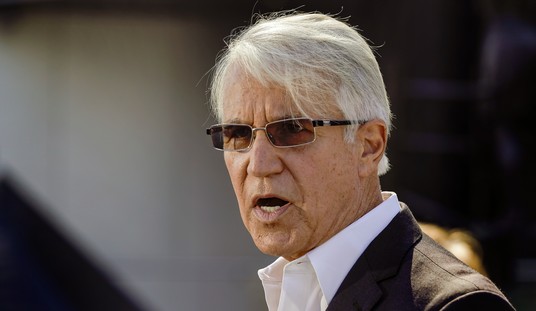
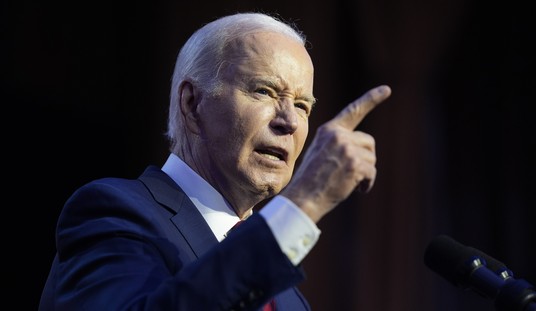
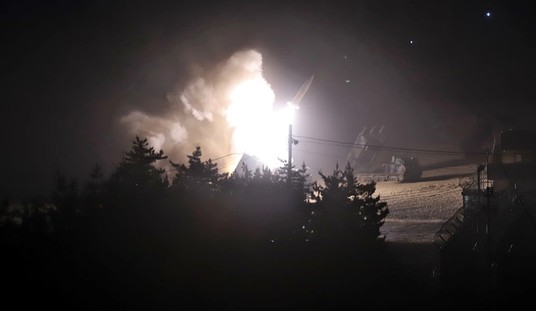



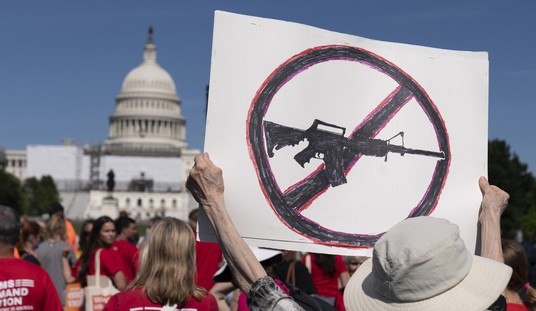
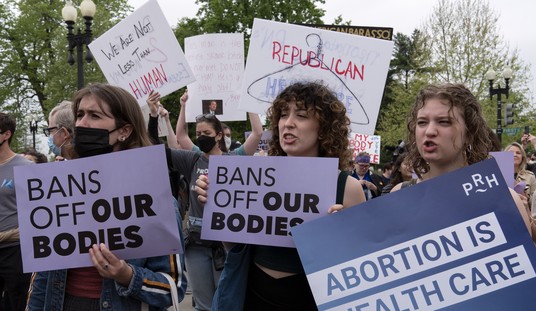
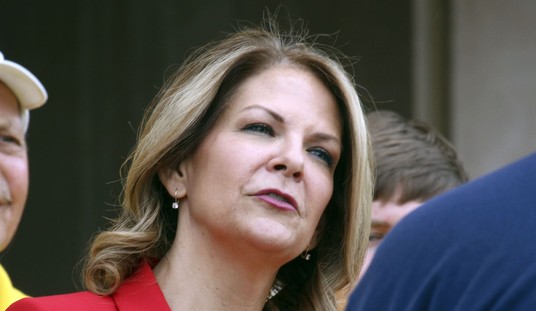




Join the conversation as a VIP Member